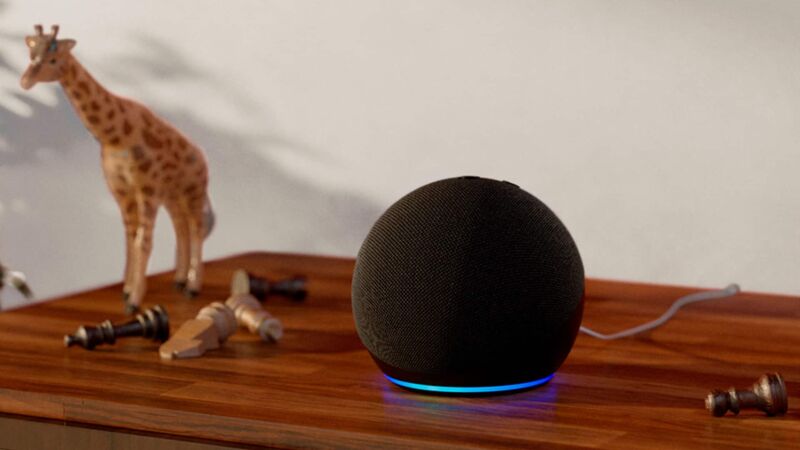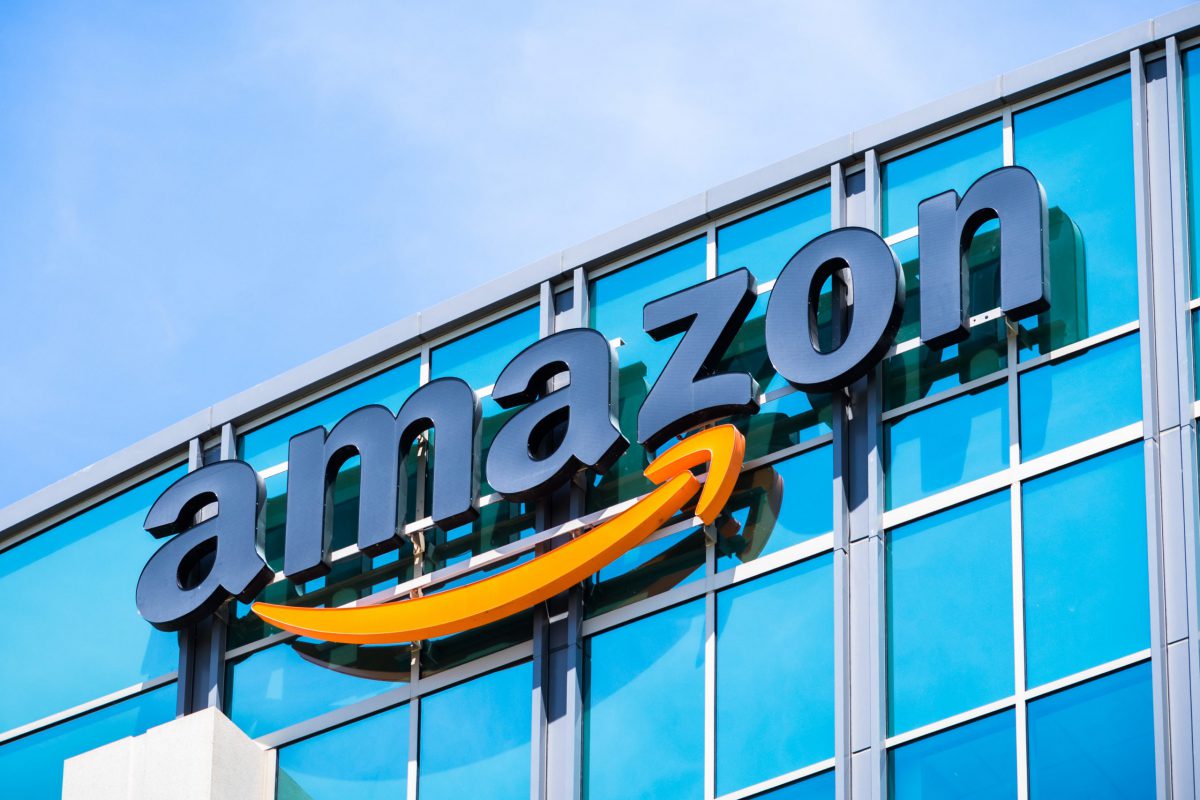Prime Video looking to fix “extremely sloppy mistakes” in library, report says
Subscribers lodged thousands of complaints related to inaccuracies in Amazon’s Prime Video catalog, including incorrect content and missing episodes, according to a Business Insider report this week. While Prime Video users aren’t the only streaming users dealing with these problems, Insider’s examination of leaked “internal documents” brings more perspective into the impact of mislabeling and similar errors on streaming platforms.
Insider didn’t publish the documents but said they show that “60 percent of all content-related customer-experience complaints for Prime Video last year were about catalogue errors,” such as movies or shows labeled with wrong or missing titles.
Specific examples reportedly named in the document include Season 1, Episode 2 of The Rings of Power being available before Season 1, Episode 1; character names being mistranslated; Continuum displaying the wrong age rating; and the Spanish-audio version of Die Hard With a Vengeance missing a chunk of audio.
The documents reportedly pointed to problems with content localization, noting the “poor linguistic quality of assets” related to a “lack of in-house expertise” of some languages. Prime Video pages with these problems suffered from 20 percent more engagement drop-offs, BI said, citing one of the documents.
Following Insider’s report, however, Quartz reported that an unnamed source it described as “familiar with the matter” said the documents were out of date, despite Insider claiming that the leaked reports included data from 2023. Quartz’s source also claimed that customer engagement was not affected,
Ars Technica reached out to Amazon for comment but didn’t hear back in time for publication. The company told Insider that “catalogue quality is an ongoing priority” and that Amazon takes “it seriously and work[s] relentlessly alongside our global partners and dedicated internal teams to continuously improve the overall customer experience.”
Other streaming services have errors, too
Insider’s report focuses on leaked documents regarding Prime Video, but rival streaming services make blunders, too. It’s unclear how widespread the problem is on Prime Video or across the industry. There are examples of people reporting Prime Video inaccuracies online, like on Amazon’s forum or on Reddit. But with some platforms not offering online forums and it being impossible to know how frequently users actually report spotted problems, we can’t do any apples-to-apples comparisons. We also don’t know if these problems are more prevalent for subscribers living outside of the US.
Beyond Prime Video, users have underscored similar inaccuracies within the past year on rival services, like Disney+, Hulu, and Netflix. A former White Collar executive producer pointed out that the show’s episodes were mislabeled and out of order on Netflix earlier this month. Inaccurate content catalogs appear more widespread if you go back two years or more. Some video streamers (like (Disney and Netflix) have pages explaining how to report such problems.
Streaming services have only gotten more expensive and competitive, making such mistakes feel out of place for the flagship video platform of a conglomerate in 2024.
And despite content errors affecting more than just Prime Video, Insider’s report provides a unique look at the problem and efforts to fix it.
https://arstechnica.com/?p=2018222








